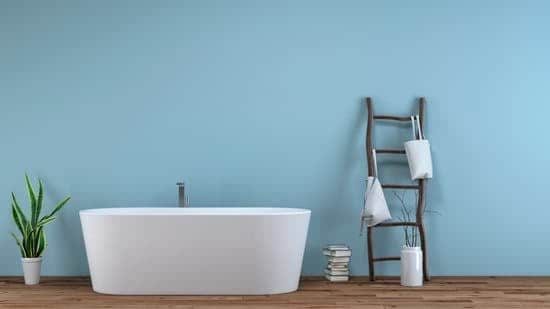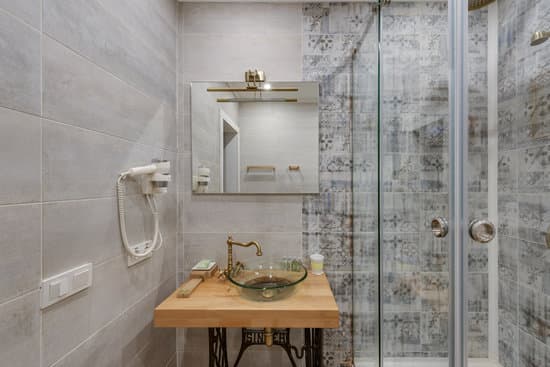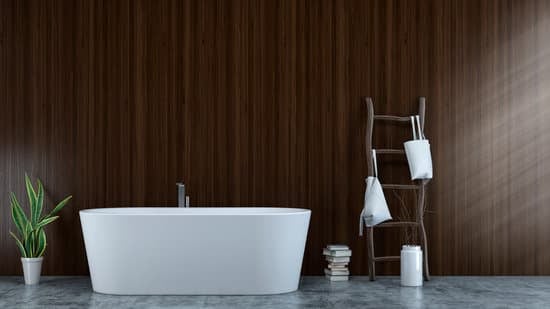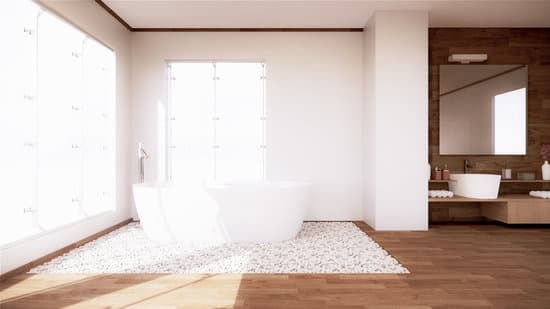Are you tired of staring at stubborn stains on your bathroom countertop? Don’t worry, we’ve got you covered! In this article, we will show you how to effectively remove those pesky stains and restore the pristine look of your countertop. By following our step-by-step guide, using safe cleaning solutions, and maintaining proper hygiene practices, you can say goodbye to unsightly stains and hello to a spotless bathroom countertop. Let’s get started!
Identifying the Type of Stain
To identify the type of stain on your bathroom countertop, you’ll need to take a closer look and determine what caused it. Common causes of stains on bathroom countertops include toothpaste, makeup, hair products, soap scum, and hard water deposits. These substances can leave unsightly marks if not cleaned promptly. To prevent stains from occurring in the first place, make sure to wipe down your countertop regularly with a mild cleanser and a soft cloth. Avoid using abrasive cleaners or tools that can scratch the surface. Additionally, consider using a protective sealant for your countertop to create a barrier against potential stains. By following these tips for preventing stains and identifying their causes, you can keep your bathroom countertop looking clean and beautiful for years to come.
Preparing the Cleaning Solution
Before starting, gather the necessary ingredients for the cleaning solution. When choosing the right cleaning products, opt for gentle options that won’t damage your bathroom countertop. Look for cleaners specifically designed for your type of countertop material, such as granite or laminate. Avoid abrasive cleaners as they can scratch the surface. In addition to a cleaner, you may need some warm water and a soft cloth or sponge. Mix the cleaner with water according to the instructions on the bottle. Make sure to wear gloves and open windows or turn on ventilation to ensure proper air circulation while cleaning.
Once you have prepared the cleaning solution, it’s important to take steps in preventing future stains on your bathroom countertop. Use coasters or trays under toiletries and cosmetics to catch any spills or drips. Regularly clean up any spills immediately so they don’t have a chance to soak into the material and cause stains. Implementing these preventive measures will help keep your bathroom countertop looking fresh and stain-free for longer periods of time.
Applying the Solution to the Stain
Once you’ve mixed the cleaning solution, it’s time to apply it to the stubborn stain on your bathroom countertop. Here are some tips and common mistakes to avoid for achieving a streak-free finish:
- Start by testing the solution on a small, inconspicuous area of the countertop to ensure compatibility.
- Use a soft cloth or sponge to gently apply the cleaning solution onto the stain. Avoid using abrasive materials that can scratch the surface.
- Apply the solution in circular motions, working from the outside of the stain towards the center. This helps prevent spreading and ensures even coverage.
- Allow the cleaning solution to sit on the stain for a few minutes before scrubbing. This allows it time to penetrate and loosen up the stain.
Remember, safety is important when applying any cleaning solution. Wear gloves and work in a well-ventilated area. Following these simple steps will help you achieve a streak-free finish on your bathroom countertops while effectively removing those stubborn stains.
Scrubbing and Removing the Stain
When scrubbing and removing the stain, be sure to use gentle pressure to avoid damaging the surface. Start by dampening a soft cloth or sponge with warm water. Apply a small amount of mild detergent or stain remover directly onto the stain and gently scrub in a circular motion. For tougher stains, you may need to try professional cleaning methods such as using a mixture of baking soda and hydrogen peroxide. This can help break down stubborn stains without causing damage. Remember to always test any cleaning solution on a small, inconspicuous area first to ensure it doesn’t cause discoloration or damage. Once you have successfully removed the stain, rinse the countertop thoroughly with water and dry it completely to prevent any further staining or water spots from forming.
Finishing and Maintaining a Clean Countertop
To maintain a clean countertop, it’s important to regularly wipe down the surface with a mild detergent. This will help remove any dirt, grease, or grime that can accumulate over time. When choosing the right countertop material for your bathroom, opt for ones that are resistant to stains and easy to clean, such as quartz or granite. These materials are non-porous and less likely to absorb spills or leave permanent marks. To prevent future stains on bathroom countertops, it’s essential to avoid using harsh chemicals or abrasive cleaners that can damage the surface. Instead, opt for gentle cleaning solutions and soft cloths or sponges to protect the finish of your countertop. Additionally, consider using coasters or trays under toiletries and cosmetics to prevent accidental spills and stains. By following these tips, you can keep your bathroom countertop looking pristine for years to come while maintaining a safe environment in your home.
Conclusion
So there you have it! With these simple steps, you can easily get rid of stains on your bathroom countertop. By identifying the type of stain, preparing a cleaning solution, applying it to the stain, scrubbing and removing it, and then finishing off with some maintenance tips, your countertop will be looking clean and fresh in no time. Remember to regularly clean and maintain your countertop to keep it looking its best. Happy cleaning!







